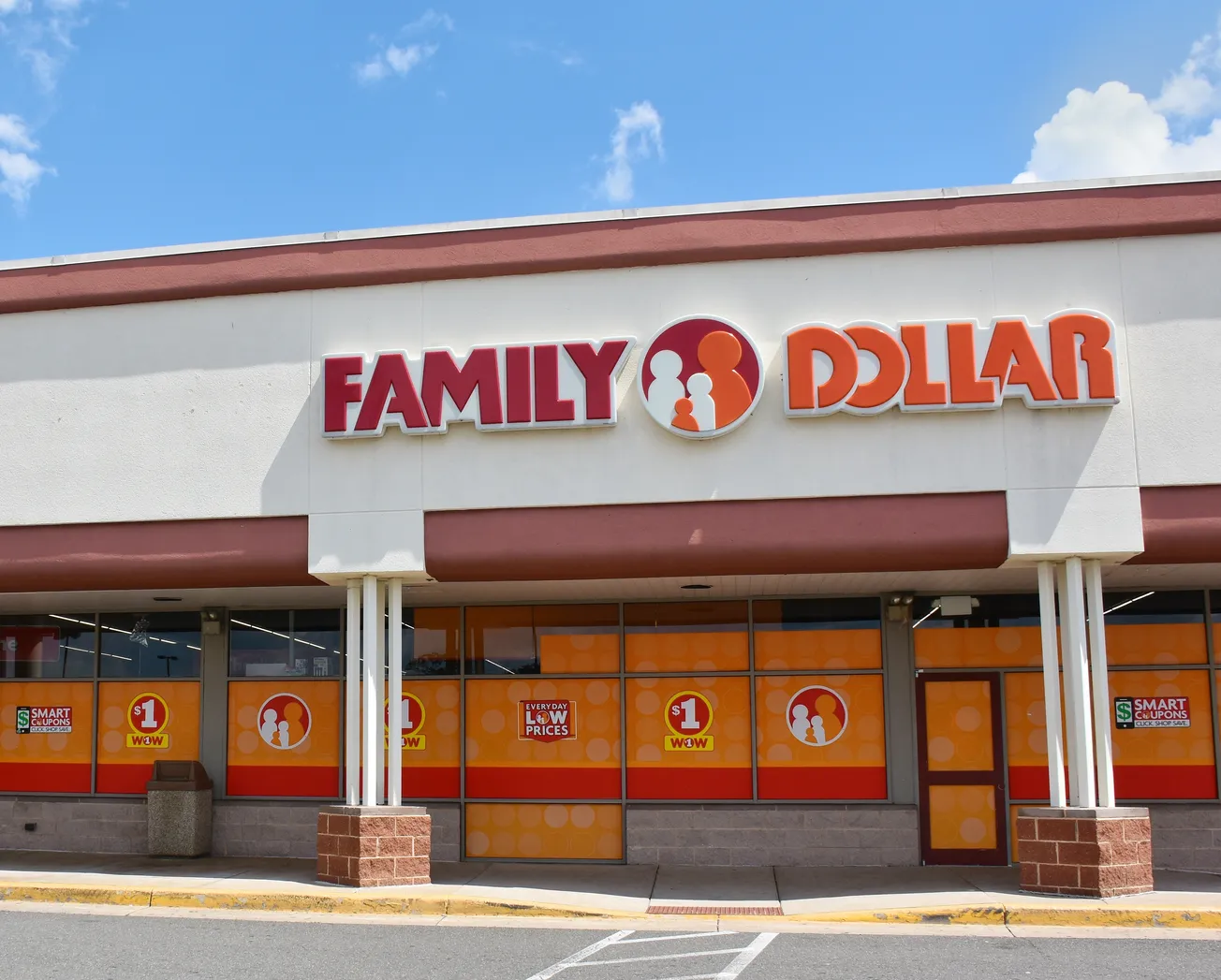Dollar stores have seen rapid growth in recent decades, expanding primarily into areas underserved by traditional grocery retailers.
Dollar General, Dollar Tree, and Family Dollar now operate more than 35,000 locations across the United States, frequently in rural or urban neighborhoods lacking full-service supermarkets.
While these stores provide accessible and low-cost goods, they typically carry a limited selection of fresh food. Researchers and public health advocates warn that this retail model may contribute to food insecurity by displacing grocery stores that offer more comprehensive and nutritious options.
The $1 billion sale of Family Dollar by Dollar Tree to private equity firms marks a major shift in the dollar store sector. The deal comes nearly a decade after Dollar Tree acquired Family Dollar for $8.5 billion. It also follows a prolonged effort to integrate the two chains and improve performance across their combined footprint.
As part of the transaction, Dollar Tree will close approximately 600 underperforming Family Dollar locations this year, with plans to shutter another 370 in subsequent years.
The closures raise concerns in low-income neighborhoods where Family Dollar stores often serve as primary sources for household essentials and basic groceries.
Dollar General’s Grocery Push
In recent years, Dollar General has taken steps to address food access concerns by expanding its fresh food offerings. As of early 2024, the company had added fresh produce to more than 3,900 stores and announced plans to extend that number to 10,000. These efforts are largely focused on areas the U.S. Department of Agriculture defines as food deserts.
However, critics argue that the availability, quality, and variety of produce in these locations remain inconsistent.
A 2023 study by UCLA Anderson School of Management and the University of Toronto found that the presence of dollar stores is associated with reduced spending on fresh produce. The study linked even a single dollar store in a neighborhood to a 13.8% drop in produce purchases. That number rose to over 30% in areas with three or more stores, highlighting the outsized influence these chains can have on local food systems.
They also point to the broader structural issue: the presence of dollar stores can deter the entry of full-service grocers, limiting long-term access to diverse food options.
Regulatory and Community Responses
The dominance of dollar stores has prompted local governments in several cities to introduce zoning laws aimed at curbing their growth.
Birmingham, Alabama, Tulsa, Oklahoma, and other municipalities have implemented ordinances restricting the density of new dollar store locations, seeking to make room for traditional grocery stores and more diverse retail options.
At the community level, alternative retail models have emerged to address the gap left by both supermarket closures and the limitations of dollar store offerings. Nonprofit grocery chains such as Daily Table in Massachusetts provide affordable fresh food sourced from surplus inventory, offering a model that combines food security with nutritional value.
Private Equity Ownership Brings New Uncertainty
The sale of Family Dollar to private equity owners introduces new uncertainty into the sector. Firms like Brigade Capital and Macellum Capital typically focus on operational streamlining and financial returns, which may not align with the long-term needs of communities that rely on dollar stores for basic goods.
Industry analysts suggest that additional closures, restructuring, and workforce reductions are possible as the new owners seek to improve profitability. While such changes may benefit shareholders, they could also reduce retail access in economically vulnerable areas.
Looking Ahead
The shifting landscape of the dollar store industry highlights the complex role these retailers play in underserved communities. They often serve as one of the few accessible options for essential goods, but their business model and market dominance may also inhibit broader retail development and contribute to long-term food insecurity.
As the sector continues to evolve, policymakers and local leaders are considering strategies to balance the affordability and convenience of dollar stores with the need for broader, more nutritious food access. These strategies include zoning reforms, investment in nonprofit grocery models, and public-private partnerships aimed at supporting healthier retail ecosystems.
The outcome of these efforts may determine whether underserved communities continue to depend on limited retail options or gain access to more comprehensive, sustainable sources of food and household goods.








